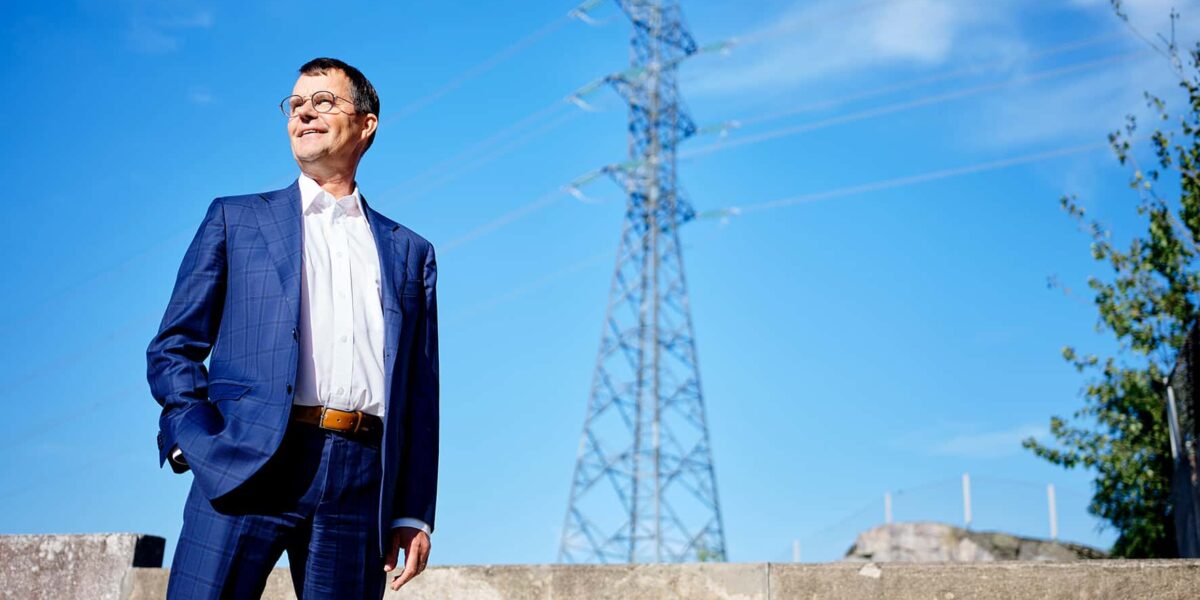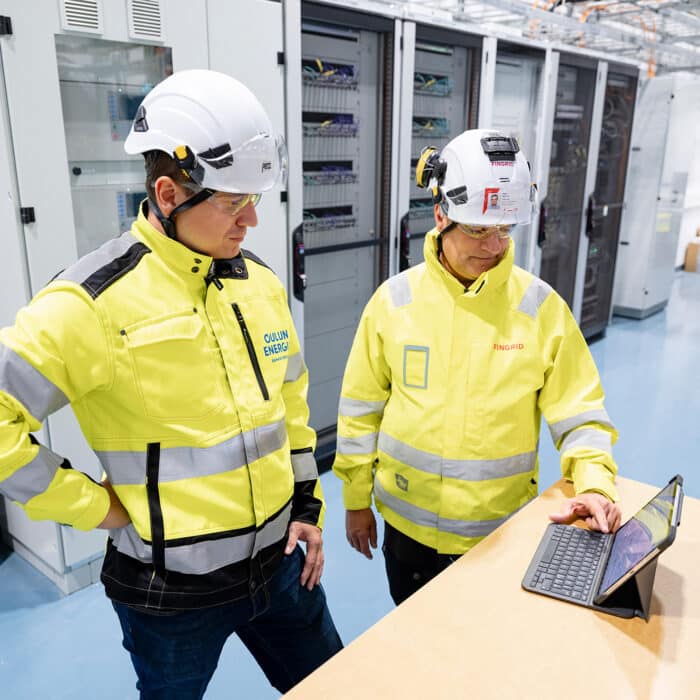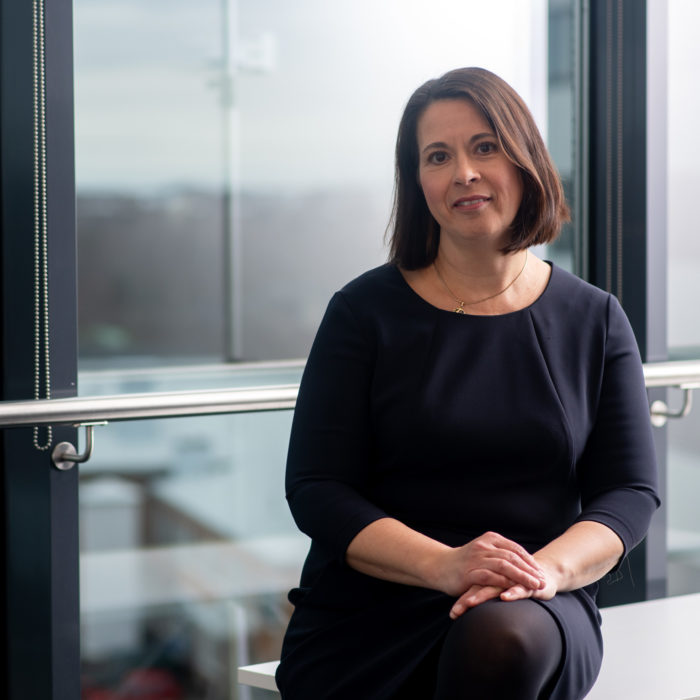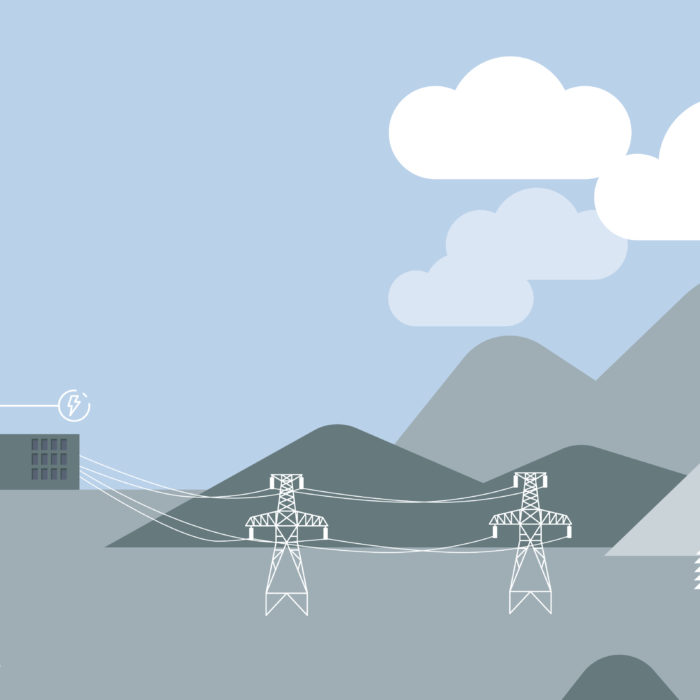Jukka Ruusunen, Fingrid’s President & CEO, has witnessed a transformational shift in the energy system and electricity markets over the course of his career.
When he began working as a researcher at the Helsinki University of Technology, Imatran Voima was the only energy company producing electricity in Finland in the 1980s and 1990s, in addition to industrial electricity generation and local companies.
“The electricity market was opened up in the mid-1990s. This altered my career plans. I had planned to get into industry – onto the front line – when things began happening in the sector,” he recalls.
Ruusunen moved to Imatran Voima and got involved in the process that led to the creation of Fortum. Monopolies began to be broken down. Fingrid was established in 1996.
“The country needed a transmission system operator that would allow all other operators equal access to the grid, and so the cornerstone of the electricity market was born.”
At the turn of the millennium, it became apparent that the energy sector needed to reduce its carbon footprint, so the emissions trading scheme was created. Energy companies needed to consider how to turn it into a competitive advantage.
“Companies needed to create models and mechanisms for operating in the market. They analysed the market and focused on risk management.”
Fingrid´s important role
Ruusunen was invited to take up the position of Fingrid’s President & CEO in 2006.
Change was in the air. Reserve power was built, along with links to Finland’s neighbouring countries.
“The biggest topic of discussion was how to connect the large nuclear power units then on the drawing board – Olkiluoto 3 and Fennovoima – to Finland’s grid.”
At the same time, Fingrid was tracking improvements in the competitiveness of wind power around the world.
“Suddenly, the technology took a huge leap forward. Turbines grew taller than the highest Finnish forests, so there was suitable land for wind power plants all over Finland.”
People also began taking climate change seriously and setting targets for reducing carbon emissions. Finland’s strategy is to become carbon neutral by 2035.
“Fingrid is an operator whose success or failure reflects on the society surrounding it.”
“It is no longer enough just to reduce emissions from the energy system. We need a lot more clean electricity to eliminate the emissions from industries, heating and transport.”
“This may sound like a tall order, but it is one of the most important projects for our planet. Fingrid is an operator whose success or failure reflects on the society surrounding it.”
Swarm intelligence works
Finland now has a good opportunity to be at the forefront of the green transition, handle electrification successfully and eliminate emissions from industry, heating and transport.
“It is now important to sort out the permits and financing for electricity consumption so that they can start making investments,” Ruusunen says.
“There is plenty of potential for wind power production, so more electricity can be produced if someone wants to use it. We really hit the jackpot when this technology was developed: production facilities are quick to build when the need arises. If we had to build large, centralised units, we would be struggling to keep up.”
Finland has the expertise to get things going. Another advantage is that in a small country, operators in different fields maintain a dialogue.
In the future, Finland will need investment and labour from abroad.
“The most important thing now is not to let opportunities pass us by. Fortunately, the new government has pledged to promote permits. The market seeks an equilibrium if it is allowed to do so.”
Ruusunen traces the path of development directly from the liberalisation of the electricity market to the present day.
“If our future rested on the decisions made by a single company, things would not look good. It is much easier to make decisions with the help of swarm intelligence in small bites when there are lots of actors involved.”




